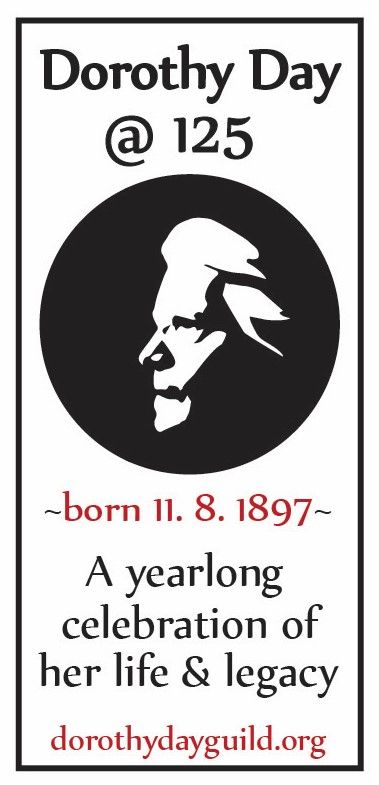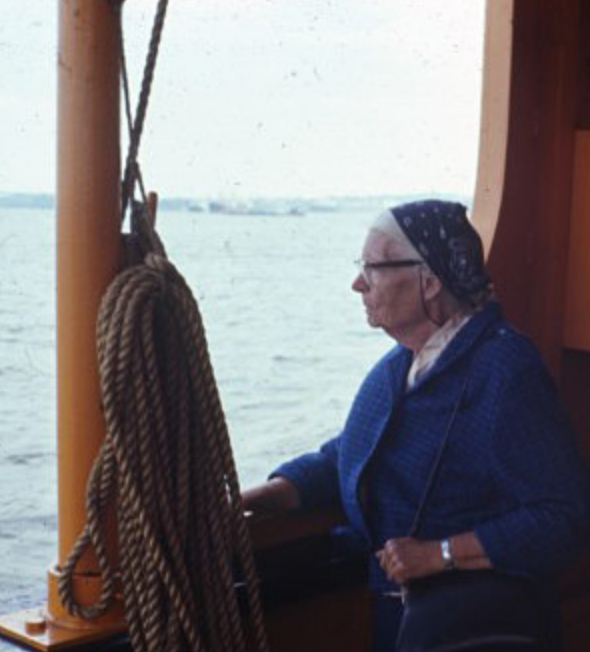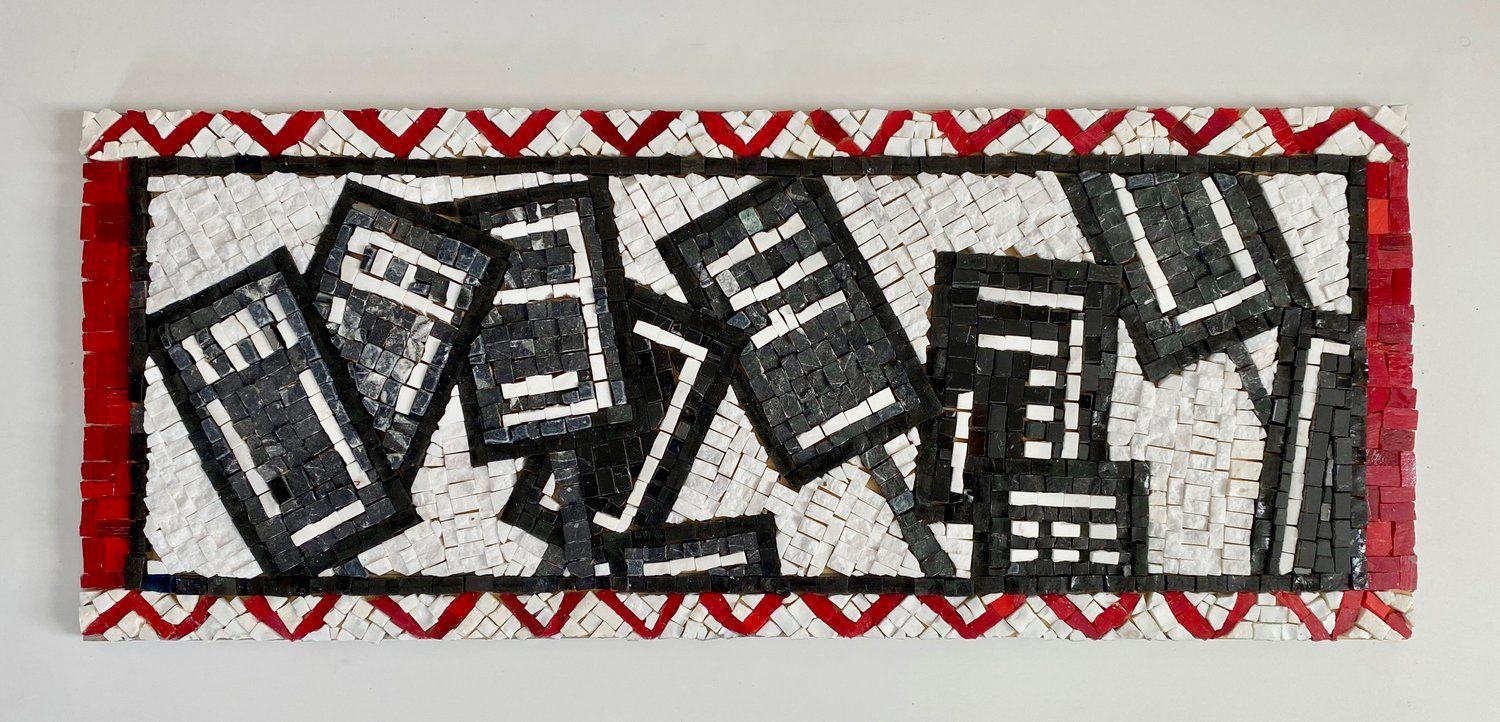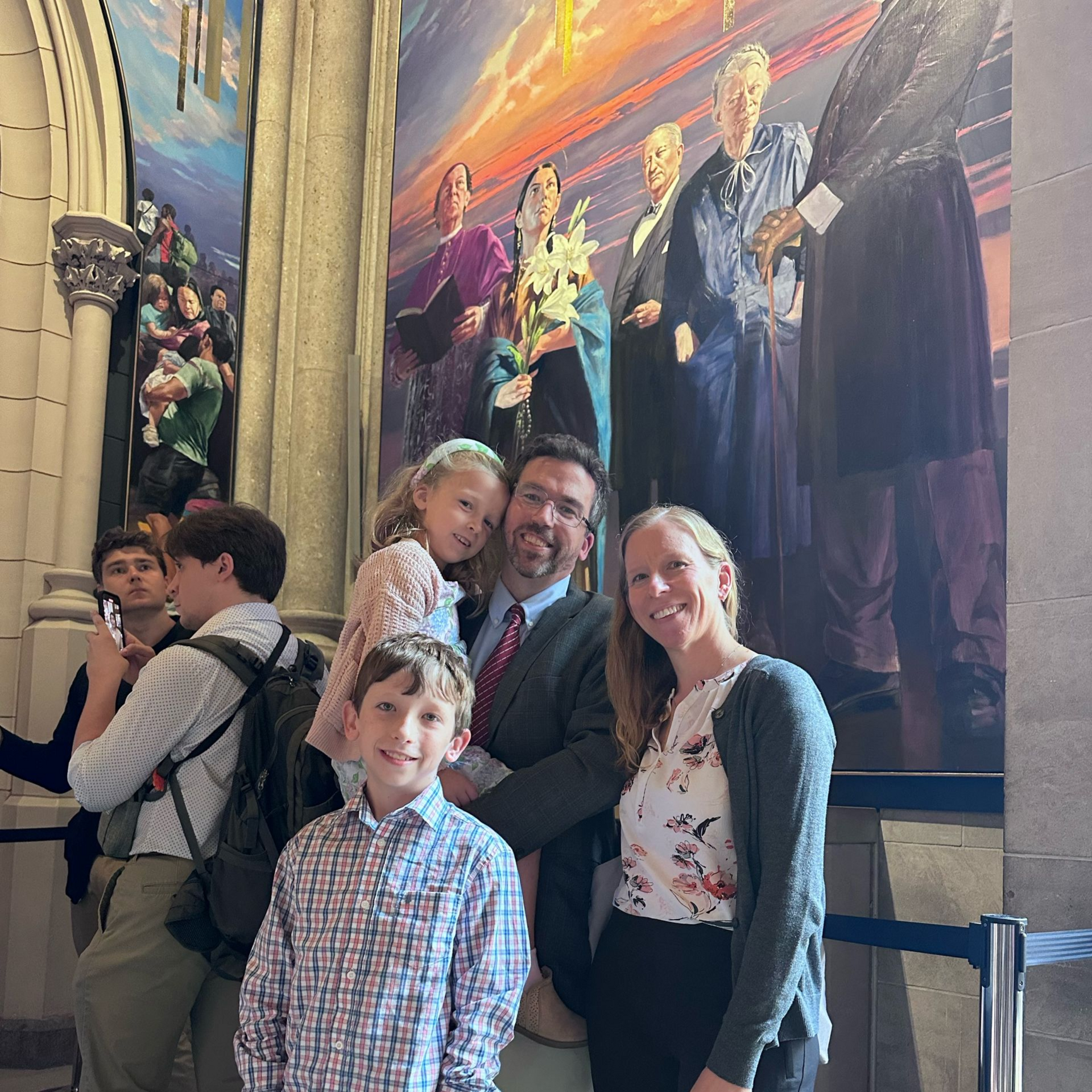Dear members and friends of the Dorothy Day Guild,
Dear friends,
Hello, and happy Easter from all of us at the Dorothy Day Guild! We hope that this season of new life and rebirth brings rest and joy to you and your loved ones. After a quiet Lent, the Guild is full of fresh energy. We’re delighted to share some news as Dorothy’s canonization cause moves forward, as well as several new initiatives and upcoming events with all of you.
News and Events
In March, Deirdre Cornell, George Horton, Kevin Ahern, Robert Ellsberg and I met with Cardinal Timothy Dolan and Monsignor Greg Mustaciuolo to update them on what the Guild has been working on now that we have entered the Roman phase of the canonization process. We are so grateful for their warm reception and enthusiasm for Dorothy’s cause as well as that of Venerable Pierre Toussaint, another New York Catholic saint-to-be, whose cause has gone to Rome! (For more information about Pierre Toussaint’s life and cause for canonization, see here)
This year marks the 125th anniversary of Dorothy’s birth, and there are a number of upcoming events planned to celebrate her life and work over the course of the next few months– stay tuned! Most immediately, we would like to extend an (somewhat tentative still!) invitation to all of you for the inaugural ride of the
Dorothy Day Staten Island Ferry on April 28th. Dorothy took the Staten Island ferry frequently to make the trip between the cottage at Spanish Camp and the Catholic Worker in Lower Manhattan. Enormous thanks go out to the New York Catholic Worker community as well as the NYC Department of Transportation for their work in helping to plan the first ride of the vessel that now bears her name!
Please join Guild members and friends from Maryhouse and St. Joseph House on the ferry for its first voyage on Friday, April 28th (weather permitting with a potential rain date of Monday, May 1st).
Dorothy Day sails at 12:30pm from the St George Ferry terminal on Staten Island. (Be there early!)
The Guild is working with the NY Worker to have a celebratory moment on the voyage from Staten Island to Manhattan and possibly a small gathering just after the event. We’ll update you with more information as the day draws closer. Look out for a formal invitation with complete details soon!
The Catholic Worker Turns 90
May 1st also marks the 90th birthday of the Catholic Worker movement! Dorothy and Peter published the first issue of
The Catholic Worker on this day in 1933. Many Catholic Worker communities will be celebrating this anniversary next month, so we encourage you to check out the link here and reach out to the Catholic Worker communities near you to find out more about their community life and witness and how you can be involved in their work of building “a new world in the shell of the old”.
New Faces
We’re also very pleased to welcome two new interns at the Dorothy Day Center for the Study and Promotion of Social Catholicism at Manhattan College.
Rebecca Kranich is a current junior, majoring in communications and political science with a concentration in journalism and a minor in peace and justice studies. As an intern, Rebecca has been tasked with creating a walking tour brochure of the New York City area. Her brochure highlights significant sites in Manhattan and Staten Island and further afield regarding Dorothy, her life, and the Catholic Worker.
Joanna Canigiani and is a senior majoring in political science with a minor in international studies. Originally from Long Island, Joanna was drawn to being an intern at the Dorothy Day Center through a peace studies class she took with Kevin Ahern where she learned about Dorothy’s life and legacy for the first time. Joanna has been working on a research collection at the Manhattan College library of current work that engages Dorothy’s life and work, as well as current scholarship on Peter Maurin and Catholic activism that draws inspiration from Dorothy and the Catholic Worker.
Both Rebecca and Joanna have been a huge help in updating communications material for the Guild and bringing some fresh perspective to our outreach and social media. We look forward to presenting the new Guild brochure they’ve assembled at the ferry ride this month!
Recommendations for April
There has been an outpouring of creative work on Dorothy recently, and we’d like to share a few reading, viewing, and listening recommendations for this month.
First, D.L. Mayfield’s wonderful book,
Unruly Saint: Dorothy Day’s Radical Vision and its Challenge for Our Times has already been out for a year this month! Mayfield brings a personal perspective from her own evangelical upbringing to Dorothy’s life of voluntary poverty and Christian anarchism, and asks what it really means to be a neighbor to those around us. You can learn more in an excellent interview by the author with Culture Study. If you haven’t had a chance to read
Unruly Saint
yet, snag a signed copy from Mayfield’s website here.
Second, check out visual artist Kristi Pfister’s mosaics, murals, and other work inspired by Dorothy! Pfister is a multimedia artist who explored Dorothy’s hidden life of prayer and contemplation which undergirded the visible realities of her life of radical activism. Pfister’s exhibit, “Dorothy Day Mosaics: Iconography of an Activist, has been extended through April 23rd at the Rutan-Becket House Gallery on Staten Island. If you can’t make it in person, you can view some of the mosaics and other art on her website and Instagram.
Finally, Robert Ellsberg has appeared on a recent podcast to talk about Dorothy. His conversation with Grace Ji-Sun Kim for Madang Podcast, hosted by Christian Century, is available here. You don’t want to miss this fresh and insightful chat!
Are you working on a Dorothy-related creative, academic, or social project? If so, we want to hear from you! Help us share your endeavors with our membership!
A Few Words from Dorothy
As we conclude the Octave of Easter, we’d like to share a few lines of Dorothy’s Easter reflection from the April, 1964 issue of The Catholic Worker:
“On Easter Day, on awakening late after the long midnight services in our parish church, I read over the last chapter of the four Gospels and felt that I had received great light and understanding with the reading of them. “They have taken the Lord out of His tomb and we do not know where they have laid Him,” Mary Magdalene said, and we can say this with her in times of doubt and questioning. How do we know we believe? How do we know we indeed have faith? Because we have seen His hands and His feet in the poor around us. He has shown Himself to us in them. We start by loving them for Him, and we soon love them for themselves, each one a unique person, most special!
How can I help but think of these things every time I sit down at Chrystie Street or Peter Maurin Farm and look around at the tables filled with the unutterably poor who are going through their long-continuing crucifixion. It is most surely an exercise of faith for us to see Christ in each other. But it is through such exercise that we grow and the joy of our vocation assures us we are on the right path.
Most certainly, it is easier to believe now that the sun warms us, and we know that buds will appear on the sycamore trees in the wasteland across from the Catholic Worker office, that life will spring out of the dull clods of that littered park across the way. There are wars and rumors of war, poverty and plague, hunger and pain. Still, the sap is rising, again there is the resurrection of spring, God’s continuing promise to us that He is with us always, with His comfort and joy, if we will only ask.”
Join Us!
The sap is indeed rising, and we’re so happy to continue learning from and growing into the legacy Dorothy left us with alongside each of you. Please stay in touch with us! Going forward, we plan to send out these updates towards the beginning of each month, and our regular newsletter will resume for the June issue– now digital! If you haven’t renewed your Guild membership for this year, we encourage you to do so here and invite a friend to join as well by forwarding this message to anyone who is excited about Dorothy! Above all, please continue to pray to Dorothy and ask her to bring your needs before God. Dorothy’s life of hospitality, her peace witness, and her vision of community were all sustained by her daily practices of prayer. We’re confident that great things will be accomplished through her intercession!
Yours,
Dr. Casey Mullaney, on behalf of the Dorothy Day Guild









